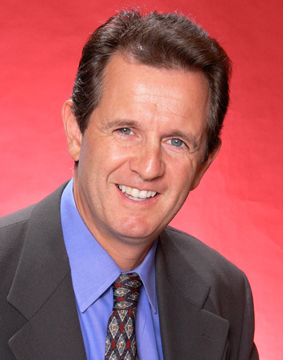 July 2, 2013, wasn’t just another day. On that day, there was a LAUSD School Board meeting unlike any other in recent memory.
July 2, 2013, wasn’t just another day. On that day, there was a LAUSD School Board meeting unlike any other in recent memory.
Each year, at the first LAUSD Board meeting in July, the seven School Board members (laschoolboard.org) vote to elect a president. While the School Board president doesn’t have expanded powers, the position affords an opportunity to set the tone, run Board meetings, and work closely with the superintendent to determine meeting agendas.
At the July 2 Board meeting, three members began a four-year term: District 2 Board Member Monica Garcia, District 4 Board Member Steve Zimmer, and District 6 Board Member Monica Ratliff. [Read more…]









 Let’s say you’ve been teaching for years. You’re well regarded among parents, students, teachers, and administrators. No one complains about you because you produce results— students consistently engaged and learning.
Let’s say you’ve been teaching for years. You’re well regarded among parents, students, teachers, and administrators. No one complains about you because you produce results— students consistently engaged and learning.  Dear LAUSD School Board Members, Superintendent Deasy, Secretary Duncan, and President Obama,
Dear LAUSD School Board Members, Superintendent Deasy, Secretary Duncan, and President Obama,




